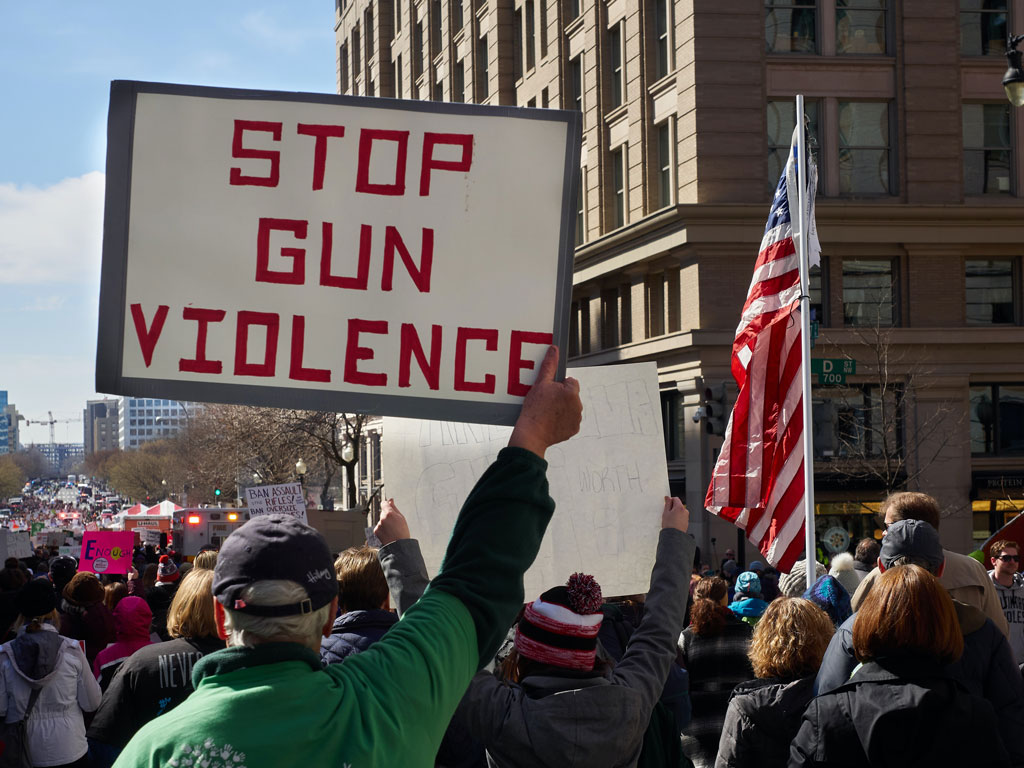By Nathan Chen
There is something very wrong – sick, in fact – with a society in which mass shootings are so common that they only gain a critical mass of attention when there is a big number of victims or an atypical perpetrator. This is a sick culture. Take, for example, the case of a child who was only six years old when he opened fire on his first-grade teacher in the middle of the school day in Virginia earlier this month.
According to the Gun Violence Archive, this past weekend there were four separate instances of mass shootings in the United States. There was no loss of life in three of the incidents, thus those stories did not dominate the news. On the other hand, at least eleven individuals lost their lives on Saturday in the Asian neighborhood of Monterey Park, California. Since 19 students and two teachers were murdered in a school shooting in Uvalde, Texas, last year, this was the bloodiest mass shooting that has occurred since then. It is a catastrophe of the highest kind. It is also tragic that we did not hear much about the 12 people injured in a targeted shooting at a bar in Baton Rouge, Louisiana, the four people hurt in a drive-by shooting outside a casino in Tunica, Mississippi, or the eight people wounded – including two three-year-old and a five-year-old – when shots were fired into a home in Shreveport, Louisiana. All of these incidents took place in the same week, but we did not hear much about them. Even that one was a targeted shooting, in if that particular piece of information offers any solace.
Just another typical Saturday in the United States. In addition to this, there has already been another shooting, which took place on Monday in Des Moines, Iowa, at a youth nonprofit organization. At least two of the pupils were taken out of their lives. The people of the United States need to be allowed to go out and enjoy the Lunar New Year by going dancing, attending a parade for Independence Day, going grocery shopping, sleeping in their beds, and going to school without the fear of being killed by a gunman. However, large portions of the American population continue to adhere to a constitutional amendment that was drafted many years before the invention of semi-automatic guns. This foolish and irresponsible mentality has made it possible for a climate of fear to exist while giving the appearance of freedom. The panic spreads as the impacts continue to trickle out. Because Asian individuals and communities have been mercilessly attacked, notably during the COVID-19 epidemic, there was early fear on Sunday that the shooting that took place in Monterey Park on Saturday night was a hate crime. This anxiety began early in the day on Sunday. Some individuals in Vancouver got concerned about attending the Chinatown Spring Festival Parade on Sunday, which was the first event of its kind to take place since the start of the epidemic. The parade was held to celebrate the year of the Rabbit.
As a matter of global governance, how do we solve this conundrum?
The tragedy may be averted with the help of well-executed programs to restrict access to firearms and reduce the risk of violence. First, governments must admit that gun violence threatens fundamental human rights including the right to life, the right to one’s own body, and the right to one’s own health. To avoid the violation of human rights, governments may enact fundamental procedures to regulate private persons’ access to and use of guns and ammunition. In terms of gun regulation, the United Nations has developed global standards that states throughout the globe may incorporate into their own domestic laws. These global norms call for universal gun registration and a criminal penalty for anybody caught in possession of a handgun without a license.
Possession of a firearm license should be subject to certain conditions. For instance, the applicant should be subjected to a thorough background check in order to identify any risk factors, such as a previous criminal record — especially for violent behavior in the home or community — a history of gender-based, sexual, or domestic violence, and a history of problematic use of drugs/alcohol, emotional issues, mental health conditions, and other circumstances that increase the risk of harm to self or others using firearms. Permits to carry weapons should be limited in time, and all prospective owners should undergo mandatory training. The standards of necessity and convincing reason should also be applied to the number and kinds of firearms an individual may own. Fully automatic weaponry, semiautomatic assault rifles, semiautomatic shotguns, and semiautomatic submachine guns, as well as their ammunition, pose an unacceptable risk to public safety and should be prohibited for private possession. All guns and ammunition, whether they are intended for military or law enforcement use or are kept by dealers, must be handled safely if states are to avoid aiding in the unlawful sale and possession of firearms.
Concerning human rights, gun violence is now a worldwide concern. The right to life, the most fundamental of all human rights, is threatened by gun violence. As a worldwide tragedy, gun violence has daily effects on people. Approximately 500 individuals are killed by weapons every day. The well-documented psychological repercussions of living in a society with a high weapon density range from short-term affects on individuals to longer-term disruptions in social cohesiveness and trust produced by widespread terror. As a result of people’s fear of going to school or the hospital, gun violence may impede their access to these critical services, particularly if these institutions are unable to operate at full capacity.
References
Gun Violence Archive. (2022). Gunviolencearchive.org. https://www.gunviolencearchive.org/
Peters, R. (2020, April 18). Small Arms: No Single Solution. UN News Centre. https://www.un.org/en/chronicle/article/small-arms-no-single-solution

